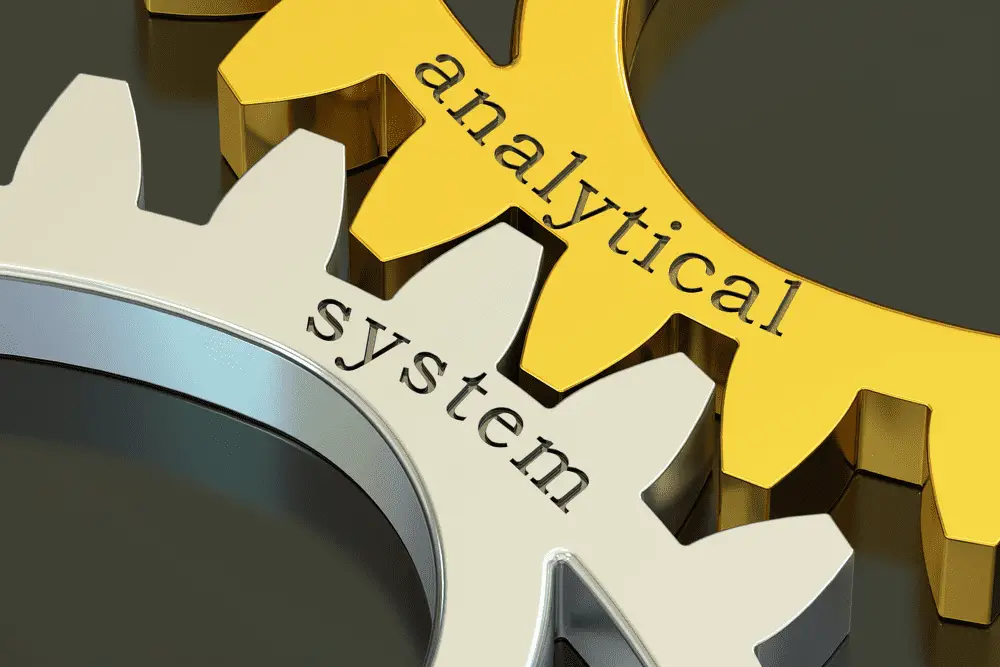Table of Contents
*This post may contain affiliate links. As an Amazon Associate we earn from qualifying purchases.
The IT field is full of acronyms. With http opening pages of html and pdfs, even the simplest tasks are full of acronyms. Sometimes, similar acronyms can mean completely different things. One example is OLTP vs OLAP. They both start and end with the same letter, and our brains could easily confuse them when skimming an article. However, OLTP could not be more different from OLAP
What Is OLTP?
OLTP is the acronym for On-Line Transaction Processing. This is a typical task, such as processing a sales transaction for an e-business. If person A paid 10 dollars for item number A31, this would be an OLTP typical query. When a system is designed for OLTP, it handles a large number of fast transactions, often with data inputted by end users. This creates a large amount of operational data for a company. Because this data details many transactions, it must be backed up frequently as any loss of data could be catastrophic to the company.
What Is OLAP?
OLAP is the acronym for On-line Analytical Processing. These systems take the data from OLTP systems and analyze it. One example would be to take sales data from a company’s operational data and mine it for demographic trends. Once analyzed, this data can help a company with many things such as strategy and planning for the future. Since these can be complex analyses, OLAP generally involves a small number of queries.
Differences Between OLTP vs OLAP
Though the acronyms look alike, OLTP is about creating operational data, and OLAP analyzes that data. OLTP uses many quick queries for a large number of transactions. OLAP involves fewer, slower queries to analyze that operational data. In fact, OLAP queries can become so complex that they take hours to complete. Since OLTP creates the operational data for a company, backups must be continuously performed so no vital data is lost. On the other hand, if an OLAP dataset has errors, it may be best to simply run a new query based on the operational data.

